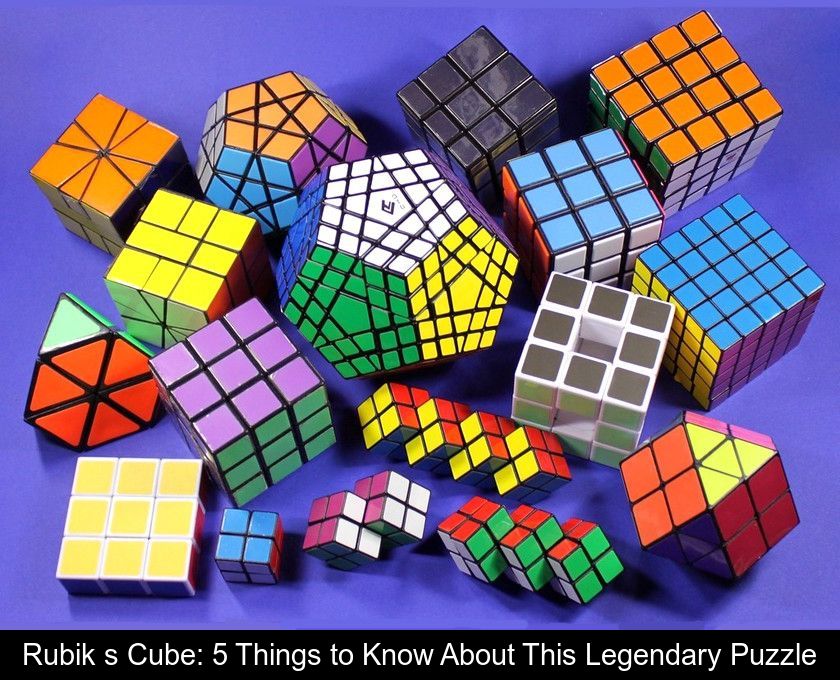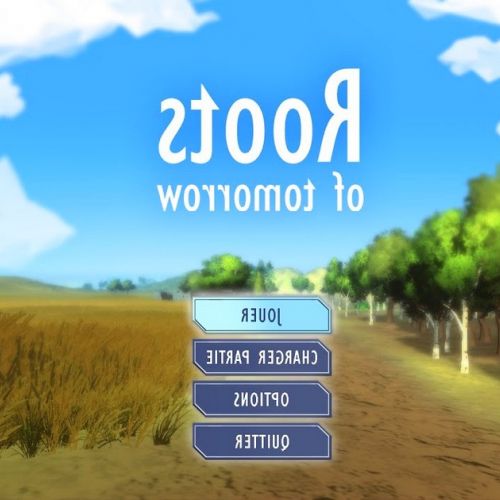Rubik's Cube: 5 Things To Know About This Legendary Puzzle
The Rubik's Cube, an iconic game of the 1980s, is a puzzle that has gone global. The famous cube, named after its Hungarian creator, has led to multiple variants as well as championships and records. Here are 5 things to know to try to unravel the mysteries of the untamable multicolored cube.
He is celebrating his 50th birthday in 2024.
The Rubik's Cube was invented in 1974 by the Hungarian Ernö Rubik. It therefore celebrates its 50th anniversary in 2024: the perfect opportunity to bring this legendary game, which conquered the entire planet in the 1980s, out of the closets!
This three-dimensional geometric puzzle consists of 26 small cubes that at first glance seem to be able to move on all faces. But a system of axes, whose mechanism was patented by its creator, is hidden at the center of the cube.
2- It was invented by a professor of architecture.
Contrary to what one might think, the inventor of the Rubik's Cube, Ernö Rubik, is not a mathematician but a Hungarian architect and design professor. He developed this puzzle because he was interested in geometry and the study of 3D shapes.
Originally, he had planned to construct this cube to lead his students to guess its internal mechanism and how the small cubes could rotate along three axes while remaining interconnected.
A friend later suggested that he color each face of the cube a different color. It then became apparent that restoring the cube to its original order was extremely difficult, which inspired its commercialization as a mathematical puzzle.
It's a game that really puts you through the wringer.
The Rubik's Cube is a cube with each face divided into nine smaller cubes that can rotate independently of each other. After mixing up the six faces, the aim of the game is to achieve once again a cube with 6 different colored faces (white opposite yellow, green opposite blue, Orange opposite red).
Before achieving this, players will experience every color combination as there is only one solution out of an astounding total of 43,252,003,274,489,856,000 possible positions!
There are different techniques for solving the Rubik's Cube in about ten moves. The most famous is the Fridrich method, invented by Jessica Fridrich and improved upon by the community of game enthusiasts.
There are world championships for speed solving the cube, and the world record has just been broken in a little over... 3 seconds!
It is one of the best-selling games in the world.
In just a few years, word of mouth spread the popularity of the Rubik's Cube in Hungary and then throughout Europe. In 1979, Ideal Toys decided to distribute the cube globally under the name Rubik's Cube.
This game reached the pinnacle of its fame in the early 1980s, with over 100 million cubes sold between 1980 and 1982. In 1981, Patrick Bossert, a 12-year-old British schoolboy, published his own detailed solution in a book titled "You can do the cube." The book sold 1.5 million copies worldwide, in 17 different editions, and was ranked number one on The Times and The New York Times bestseller lists in 1981.
Hanna-Barbera created a 12-episode cartoon called "Rubik, The amazing cube" that aired on ABC from 1983 to 1984. The Rubik's Cube also made several appearances in the animated series "The Simpsons," and Will Smith is seen playing with it in a scene from the movie "The Pursuit of Happyness" released in 2006.
It comes in many variants.
Shortly after the classic 3x3 Rubik's Cube, variants such as the Rubik's Revenge, a 4x4x4 version of the original Rubik's Cube, emerged.
The 2x2x2 and 5x5x5 versions (known respectively as the Pocket Cube and Professor's Cube) also vary by changing the number of cubes per edge.
There are also other variants that transform the famous puzzle into different geometric shapes, such as the tetrahedron (named Pyraminx) or another form of cube, the Skewb.









